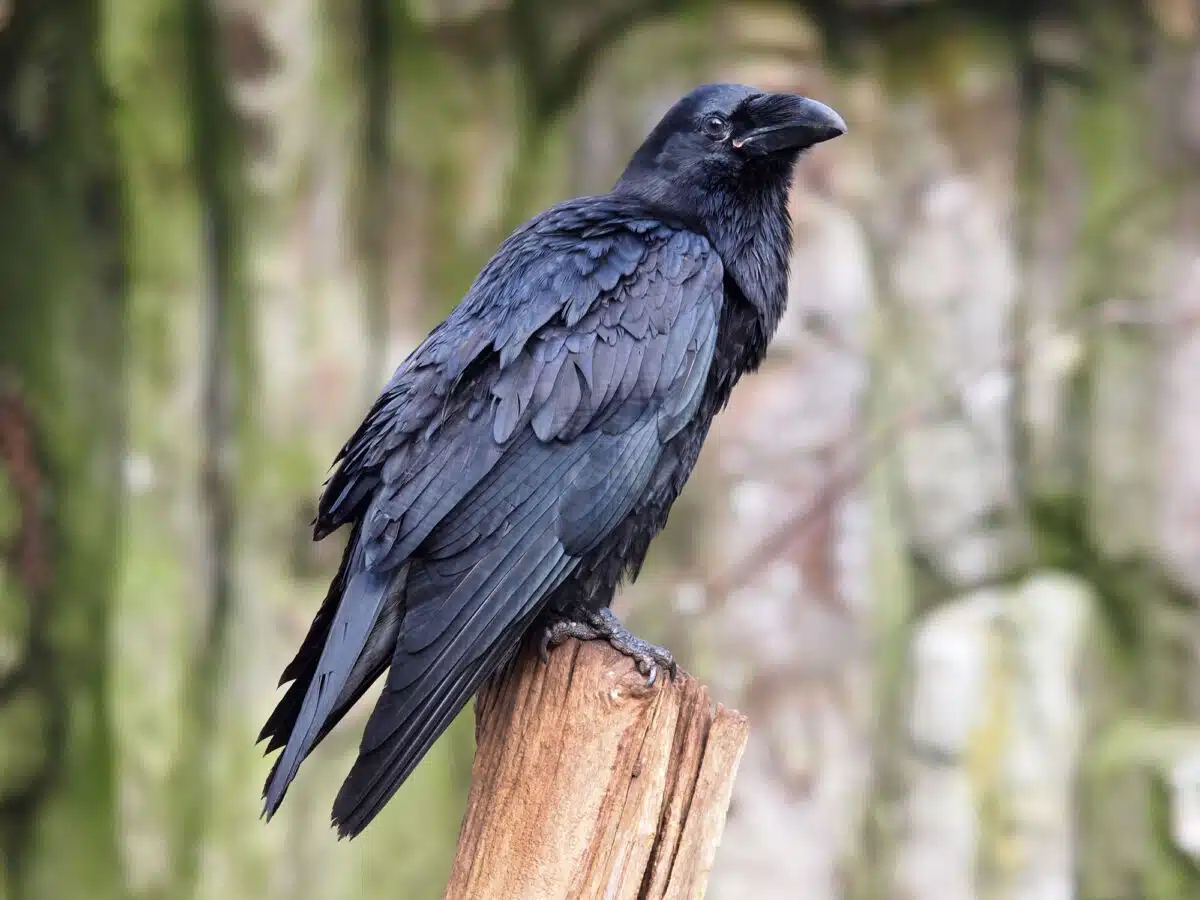Crows, often associated with mystery and intelligence, have long fascinated scientists and bird enthusiasts alike. Among their many remarkable abilities, perhaps one of the most intriguing is their capacity to recognize and remember individual human faces. This cognitive feat has captivated researchers, shedding light on the intricate world of crow intelligence and social dynamics.
How Crows Recognize People?
Facial Recognition
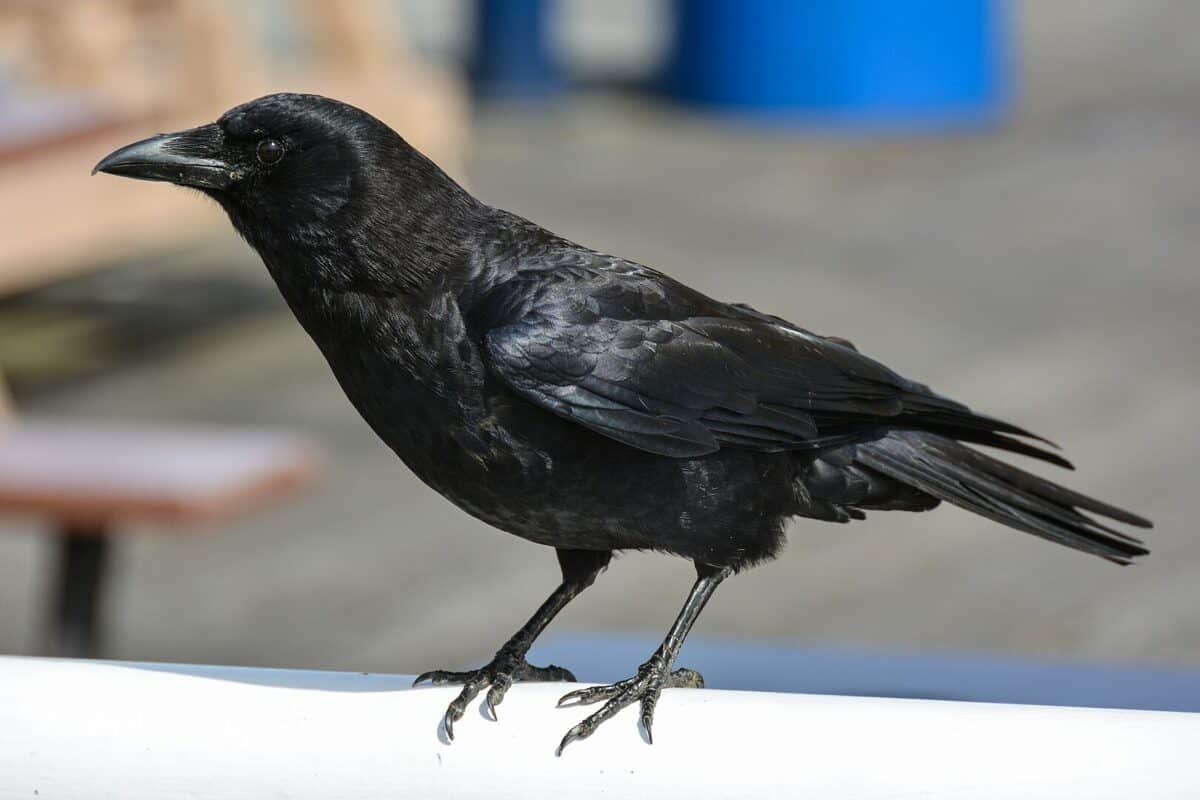
Research studies have demonstrated that crows possess the ability to recognize and remember human faces. They can distinguish between individuals based on facial features, suggesting a high level of visual memory.
Distinctive Features
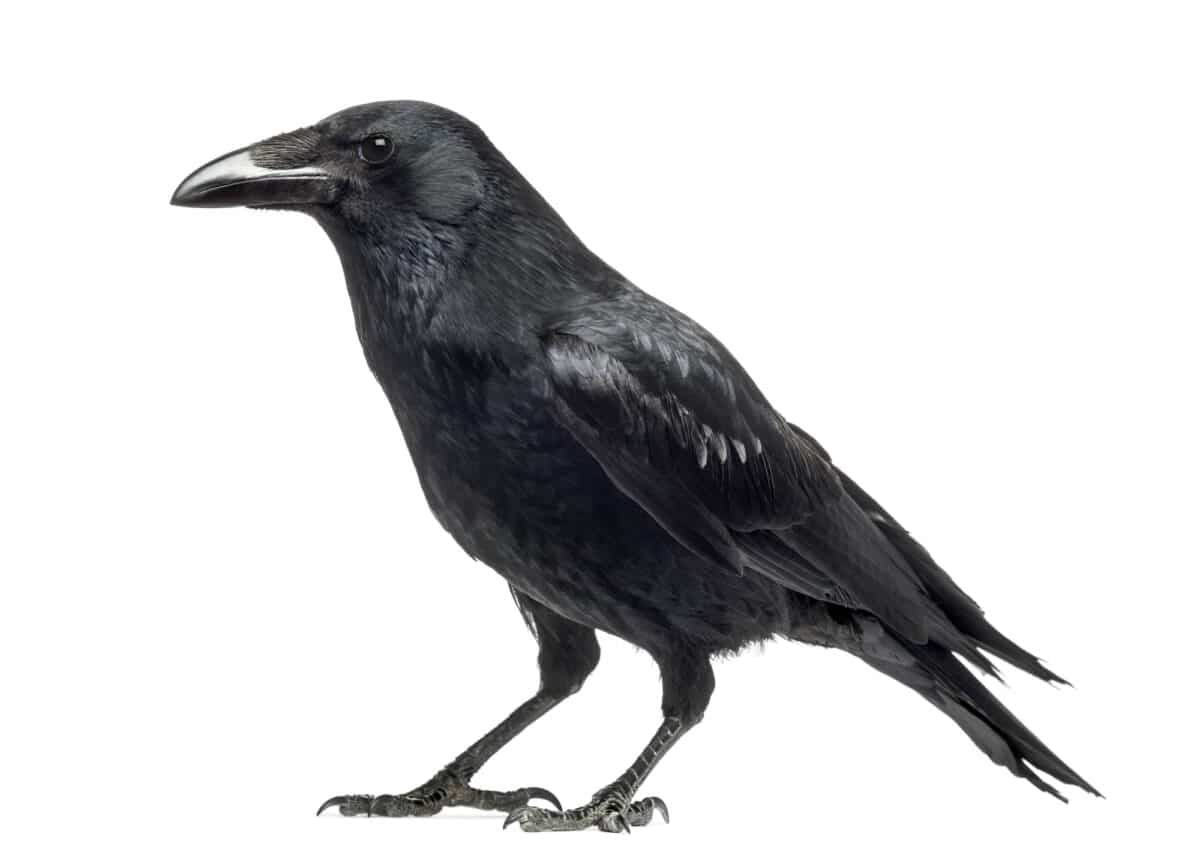
Crows don’t rely solely on facial features. They can also recognize people by other distinctive characteristics such as clothing, hairstyles, and even behaviors. This suggests a nuanced and sophisticated cognitive process at play.
Contextual Recognition
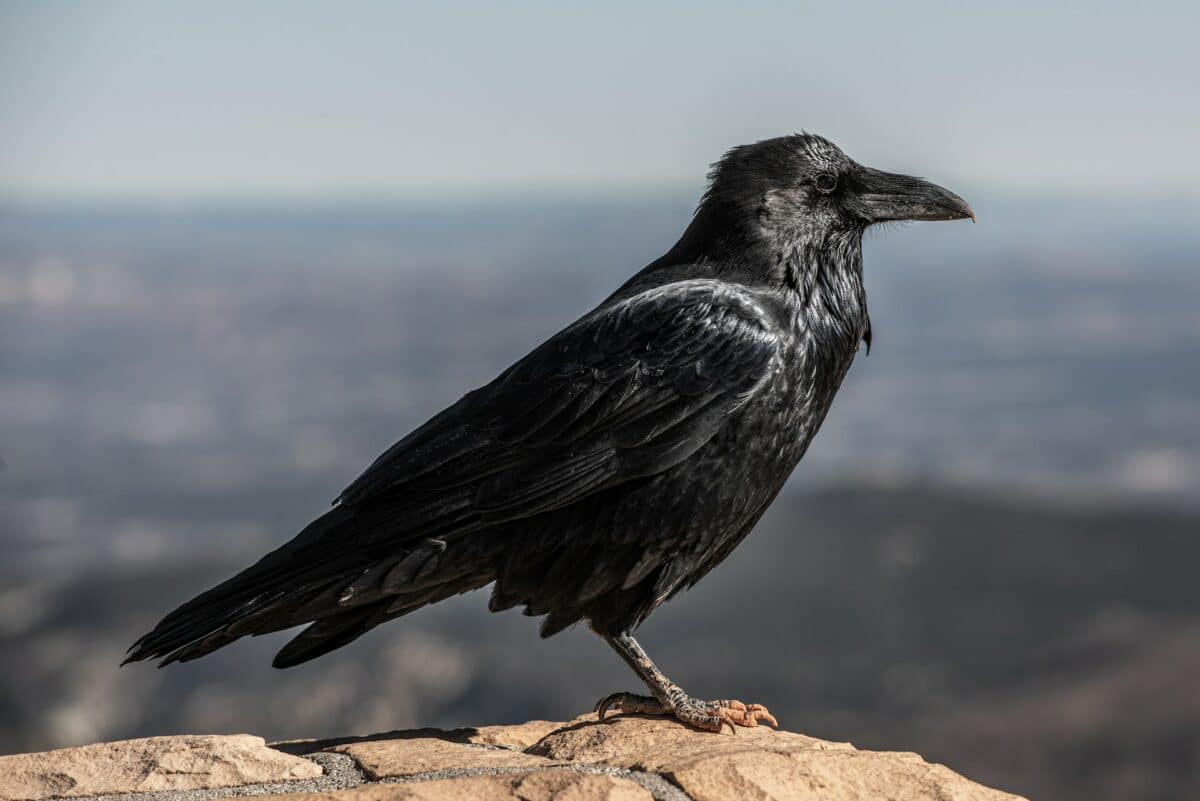
Crows are known to consider the context in which they interact with humans. For instance, if a person has provided them with food, crows may associate that person with a positive experience and demonstrate a more favorable response.
Long-Term Memory
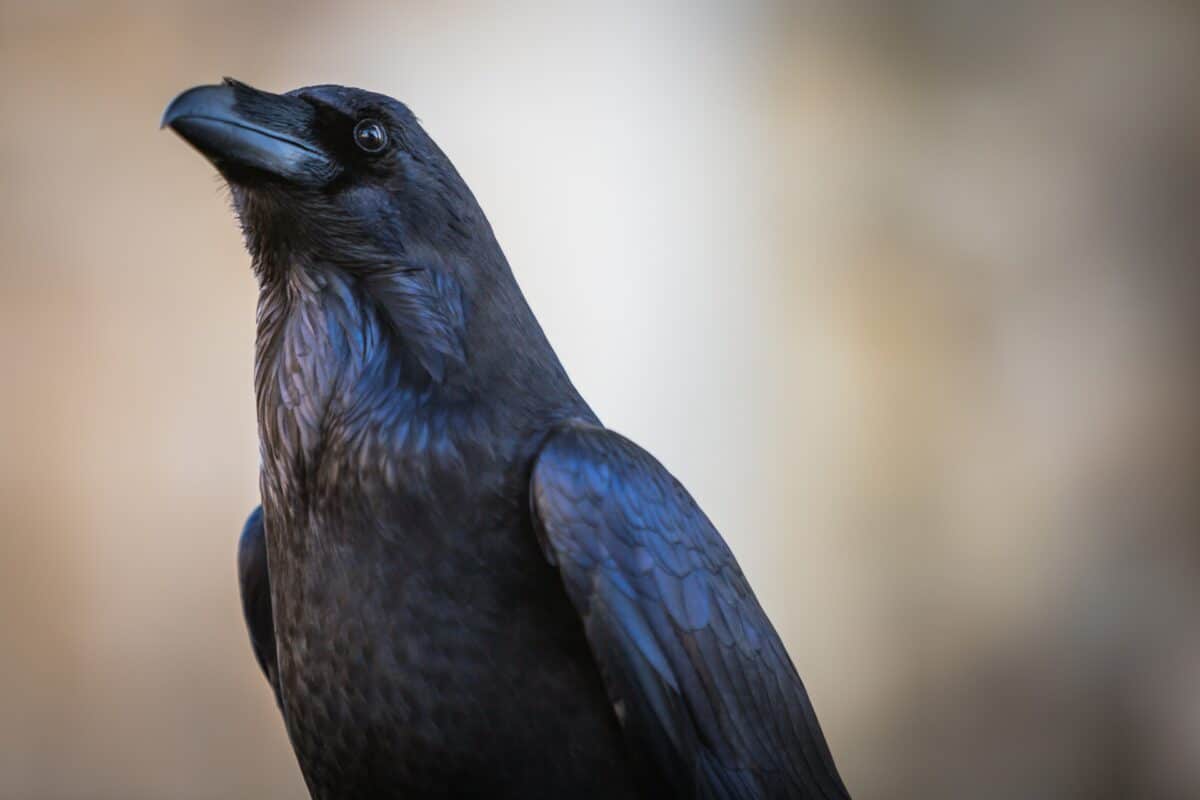
Experiments have shown that crows can remember specific individuals over extended periods. This long-term memory is crucial for navigating their environment and interacting with familiar and potentially threatening beings.
The Pioneers of Crow Intelligence Research:
John Marzluff and Colleagues
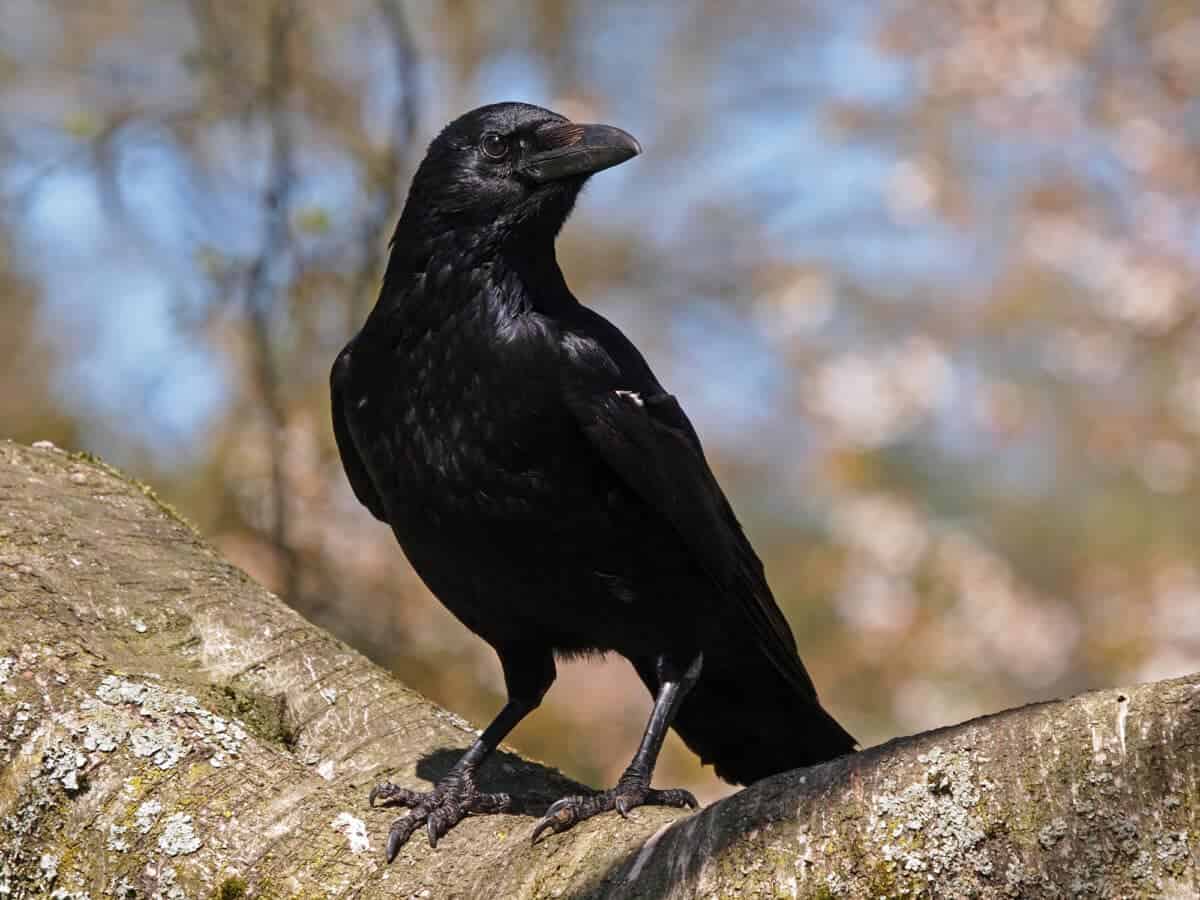
John Marzluff, a wildlife biologist and professor, has been a prominent figure in crow intelligence research. His work, including studies conducted at the University of Washington, has explored various aspects of crow behavior, communication, and their interactions with humans.
Gabrielle Davidson and Andrea De Silva
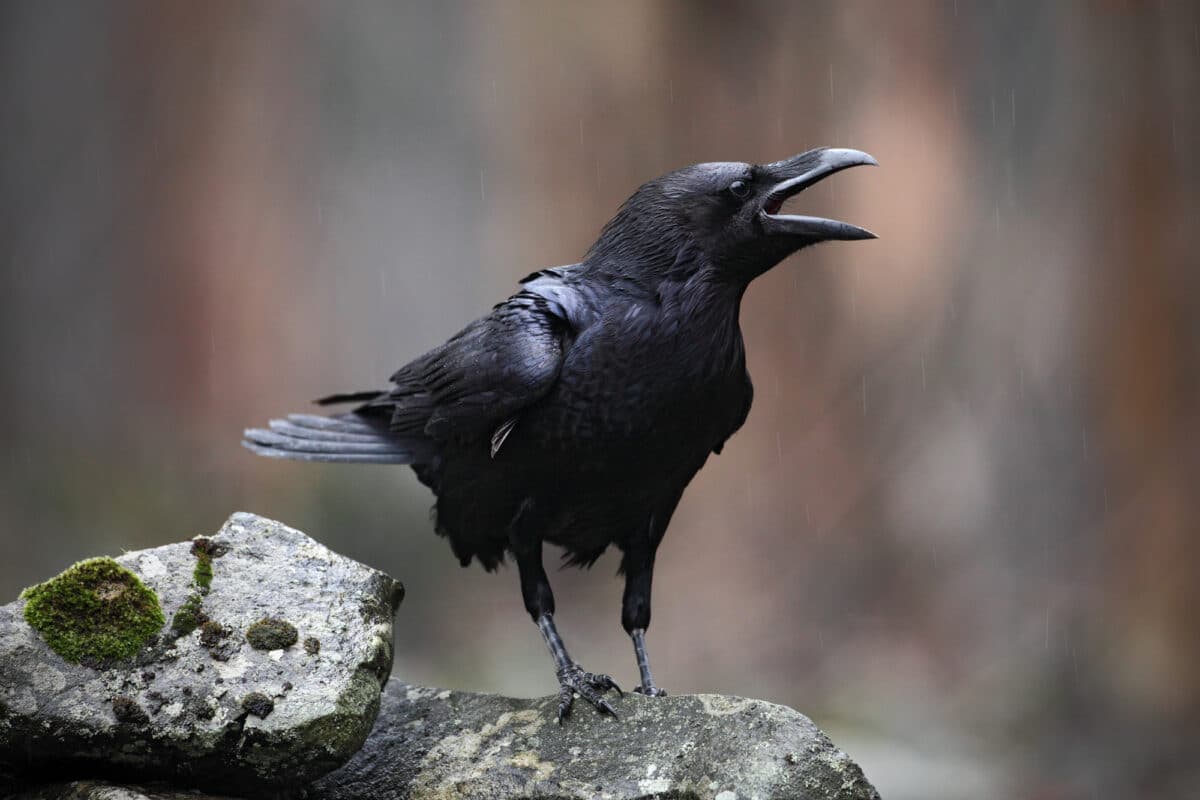
Research conducted by Gabrielle Davidson and Andrea De Silva, published in the journal Animal Behaviour, delves into the ability of crows to recognize human faces. Their experiments revealed that crows not only recognize and remember faces but also adjust their behavior based on past interactions.
Recent Advancements
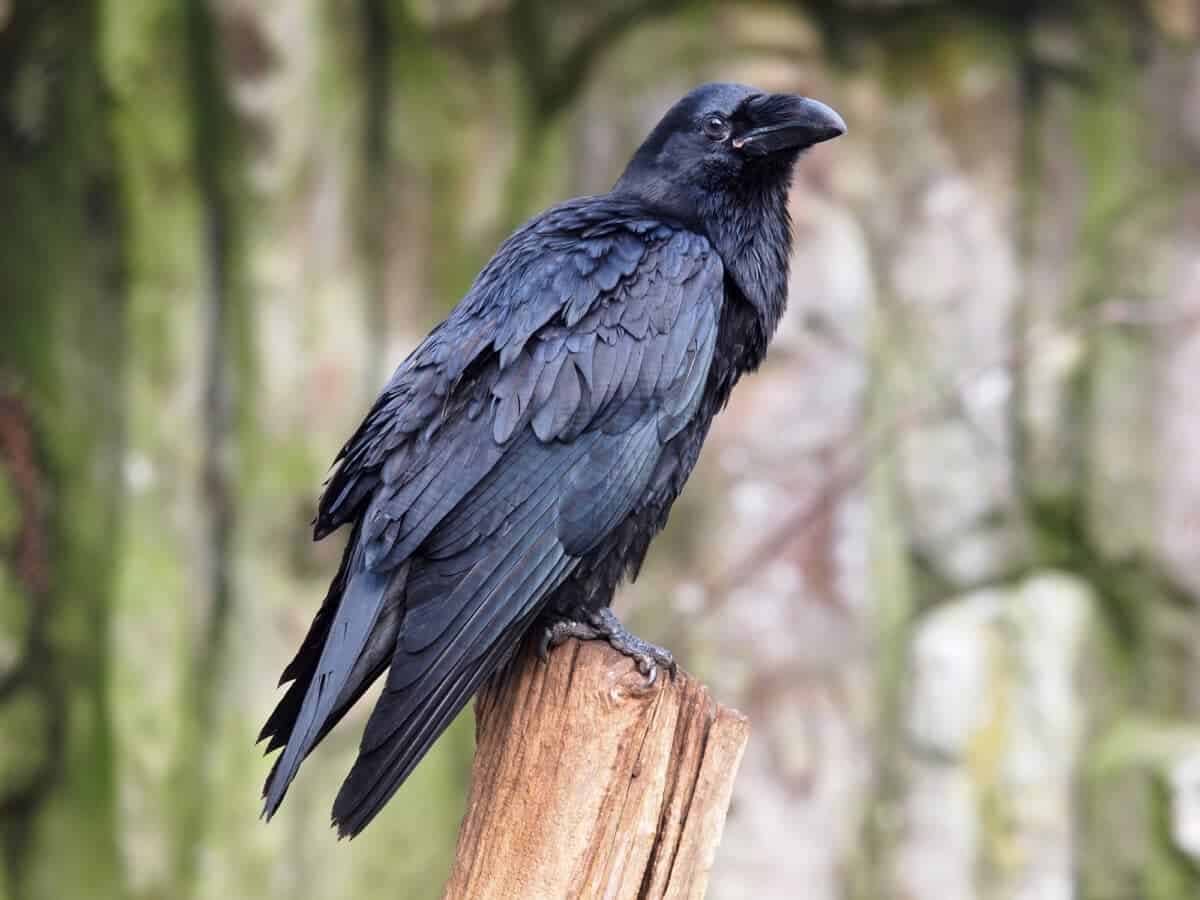
Ongoing research continues to deepen our understanding of crow intelligence. Scientists employ a combination of behavioral experiments, field observations, and advanced technology to unravel the intricacies of how crows perceive and interact with the world around them.
Why It Matters:
Insights into Animal Intelligence
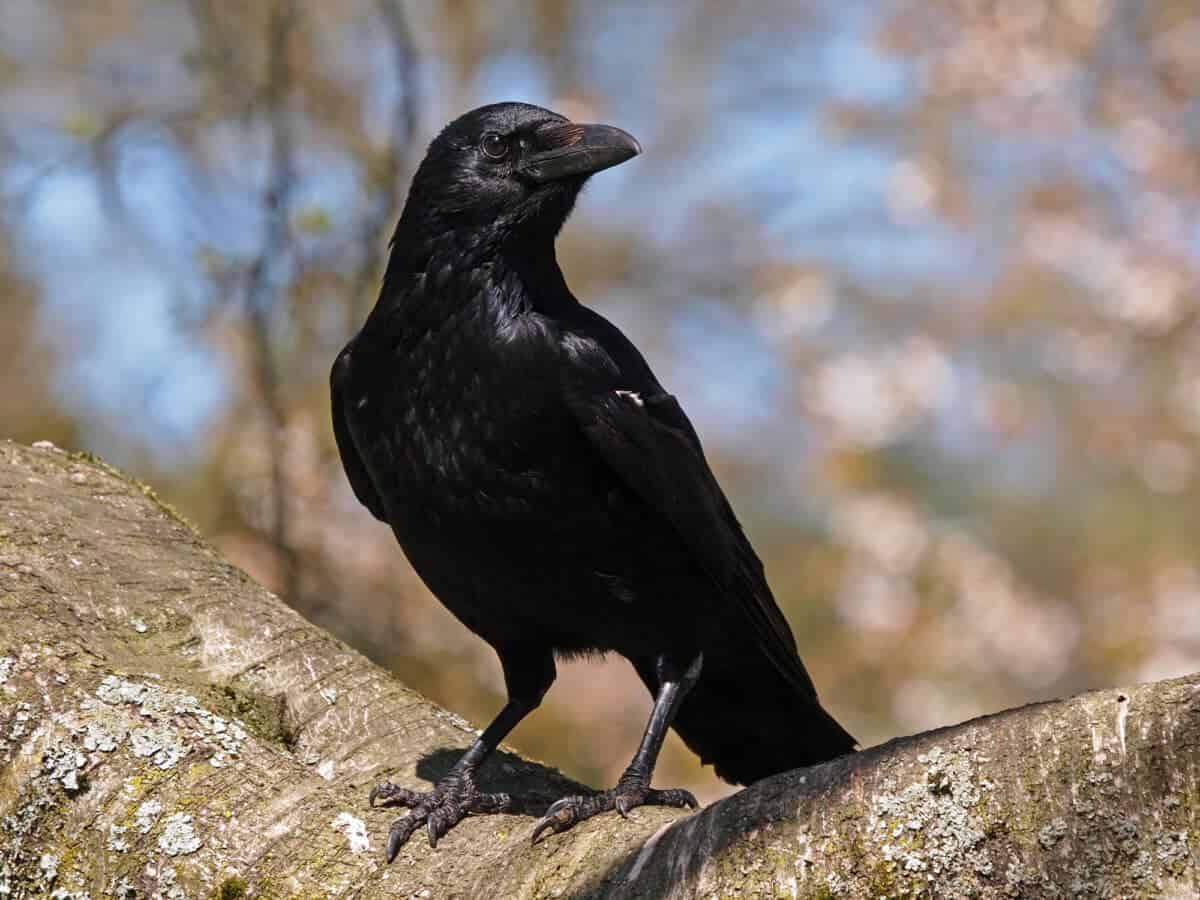
Crow research provides valuable insights into the cognitive abilities of animals. Understanding how crows recognize and remember humans contributes to the broader field of animal intelligence studies.
Implications for Conservation
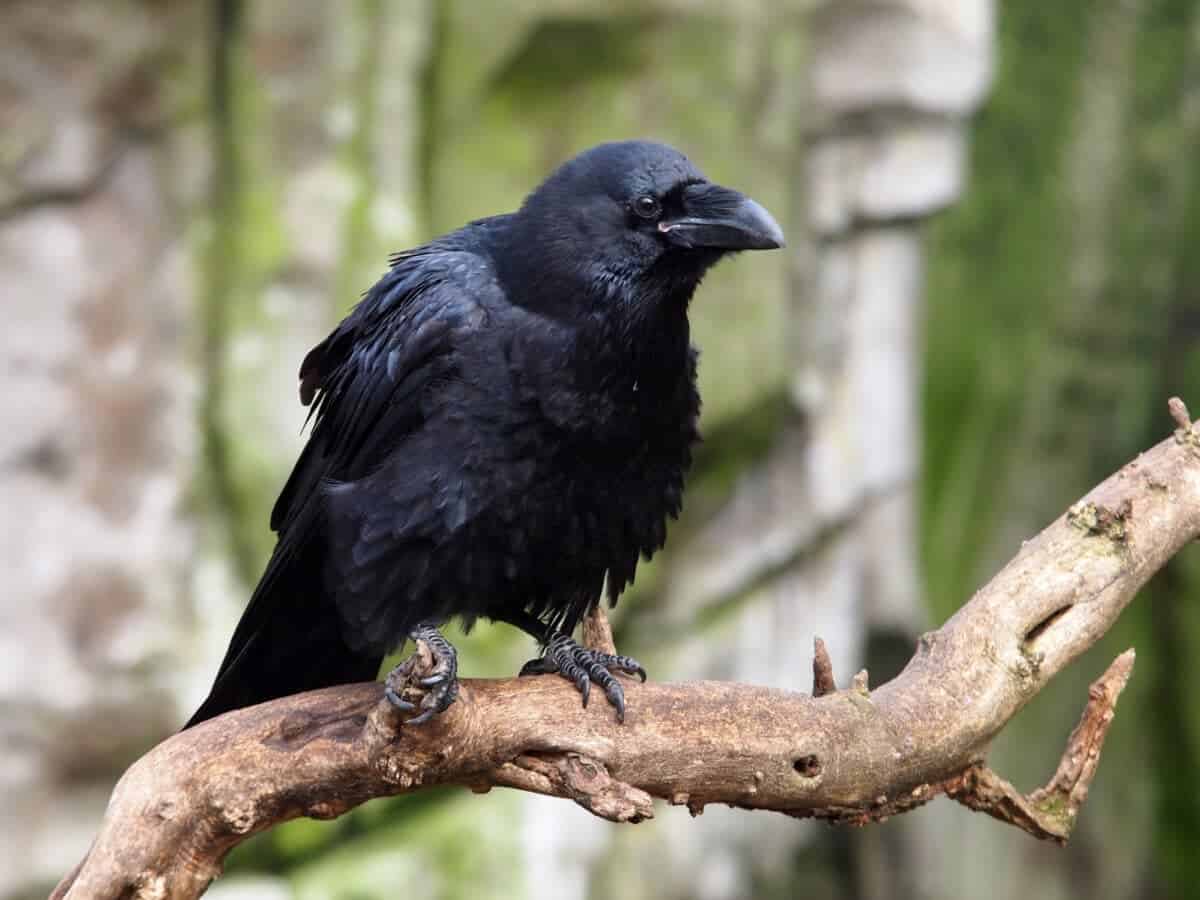
As intelligent and adaptable birds, crows play crucial roles in ecosystems. Studying their behavior and cognition can aid in conservation efforts and enhance our understanding of how urban environments impact wildlife.
Potential Applications in Technology
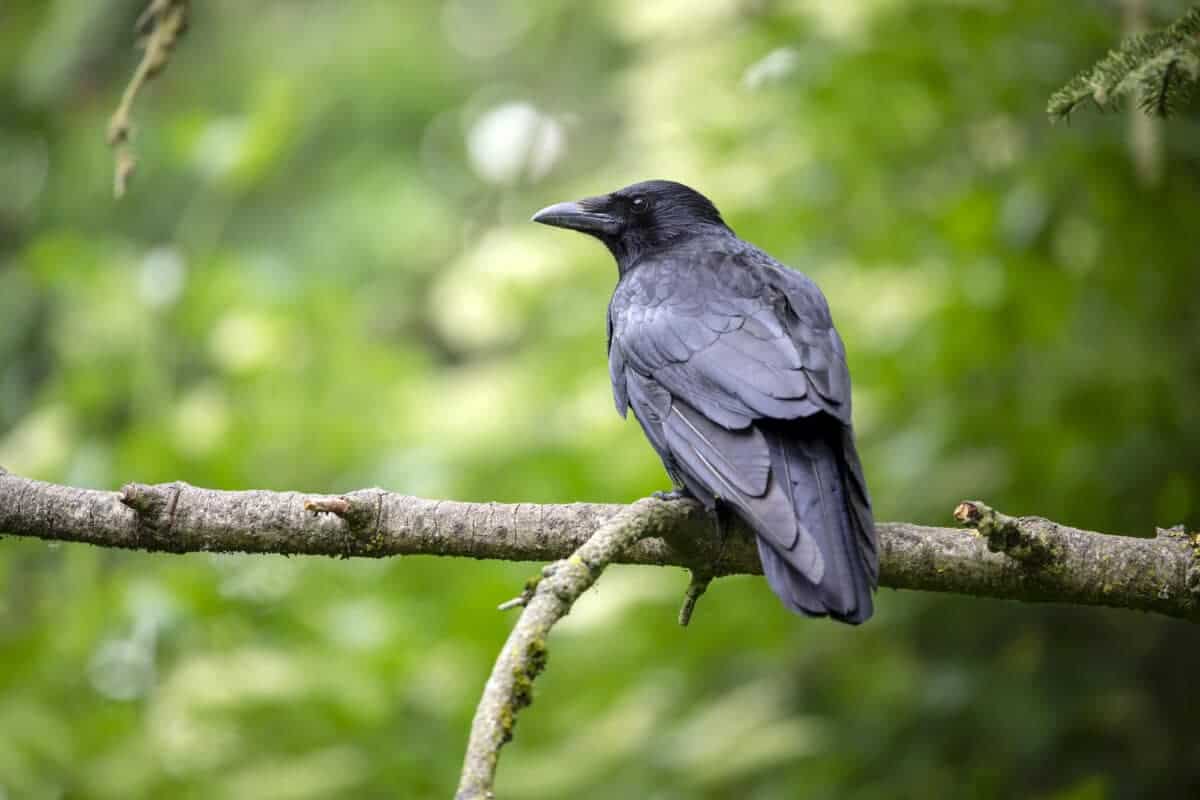
The study of crow intelligence may inspire advancements in artificial intelligence and robotics, as researchers look to nature for innovative solutions.
Lets explore the physical characteristics of crows…
What Are the General Physical Characteristics of Crows?

Crows are medium to large-sized birds known for their strong, stout bodies and glossy black plumage.
How Can You Identify a Crow by Its Beak?

Crows have medium-length, strong and slightly curved beaks.
What Are the Common Feather Colors and Patterns in Crows?

Crows have black feathers with an iridescent sheen that can appear bluish or purplish in certain lights. This glossy appearance is more prominent in adult crows.
How Does a Crow’s Wing Structure Support Its Flight?

Crows have broad, rounded wings that give them steady flight. Their wings are designed for agility.
What Are the Key Features of a Crow’s Eyes?

Crows have dark brown to black eyes positioned on the sides of their heads. This placement provides them with a wide field of view and excellent depth perception.
How Does the Shape of a Crow’s Tail Help in Identification?

The tail of a crow is fan-shaped and short. This shape gives balance and agility during flight.
What Are the Size and Weight Variations Among Different Crow Species?

Crows vary in size. For example, the American crow weighs between 300-600 grams and measures 40-50 centimeters in length, whereas ravens, a close relative, can weigh up to 1,200 grams and reach lengths of 70 centimeters.
How Do a Crow’s Legs and Feet Influence Its Behavior?

Crows have strong, sturdy legs and feet with sharp claws, suited for perching and grabing objects. Their feet allow them to manipulate food and use tools, reflecting their intelligence and adaptability.
What Differences Are Noticed Between Juvenile and Adult Crows?
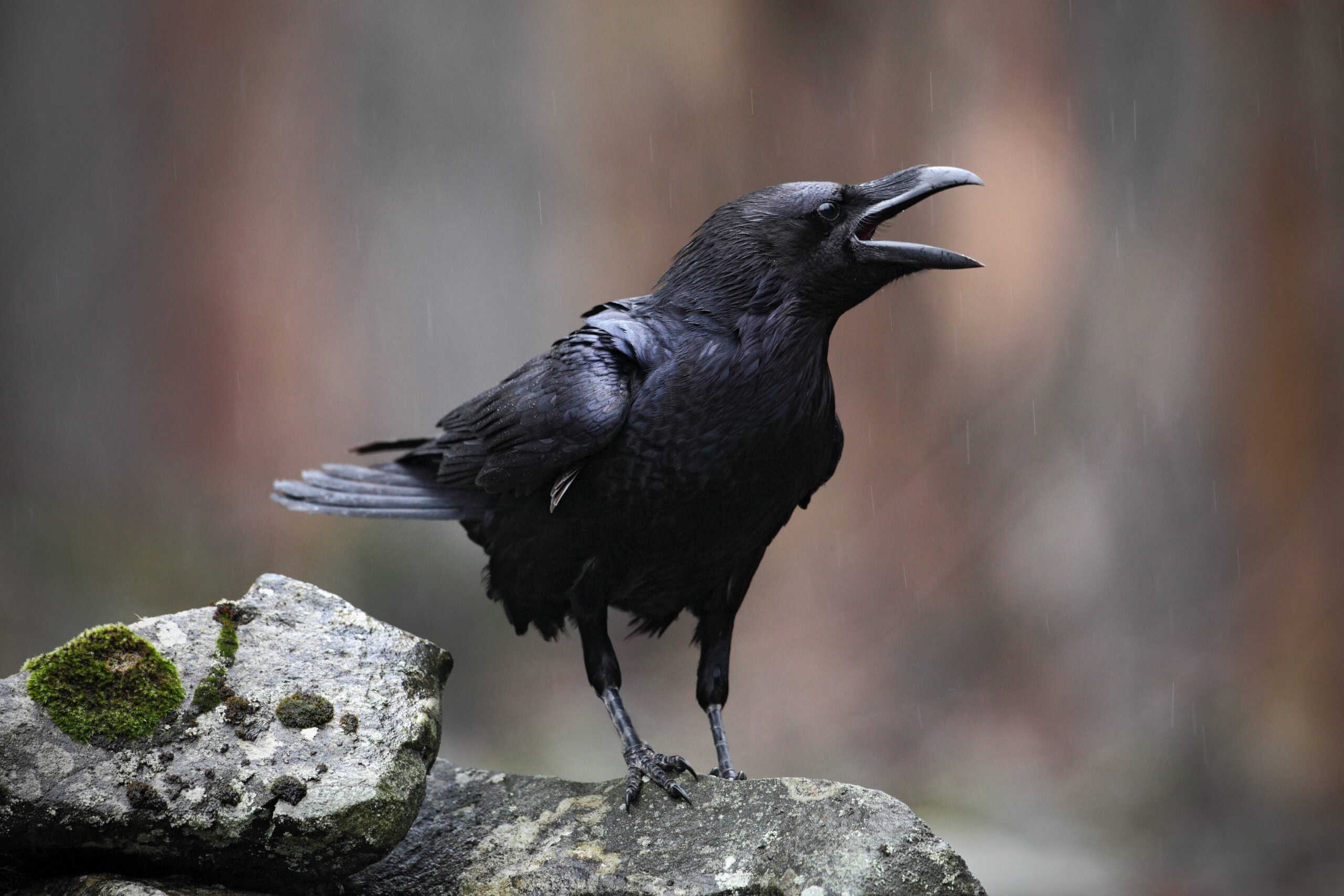
Juvenile crows have less glossy plumage compared to adults. Their beaks are lighter in color and softer in texture, which harden and darken as they grow older.
Are There Physical Differences Between Male and Female Crows?

Male and female crows are generally similar in appearance, making it difficult to distinguish them based on physical traits alone. However, males tend to be slightly larger than females. Behavioral differences during the breeding season can also help in identifying their gender.
Wrap Up
In conclusion, the revelation that crows can recognize people highlights the depth of their intelligence and social complexity. The pioneering work of researchers like John Marzluff, Gabrielle Davidson, and Andrea De Silva has opened doors to a deeper understanding of the minds of these enigmatic birds, revealing a world where recognition goes beyond the superficial, tapping into the intricate nuances of individual identity.
Thanks for reading along, for more, check out our related article links below.
Next up:
Join our Forum for free today!

- Fastest Cheetah Sets New Speed Record at Wildlife Sanctuary - June 29, 2024
- Bear Family Goes Swimming In California Pool - June 28, 2024
- Mighty Komodo Dragon Devours Shark Alive - June 28, 2024

